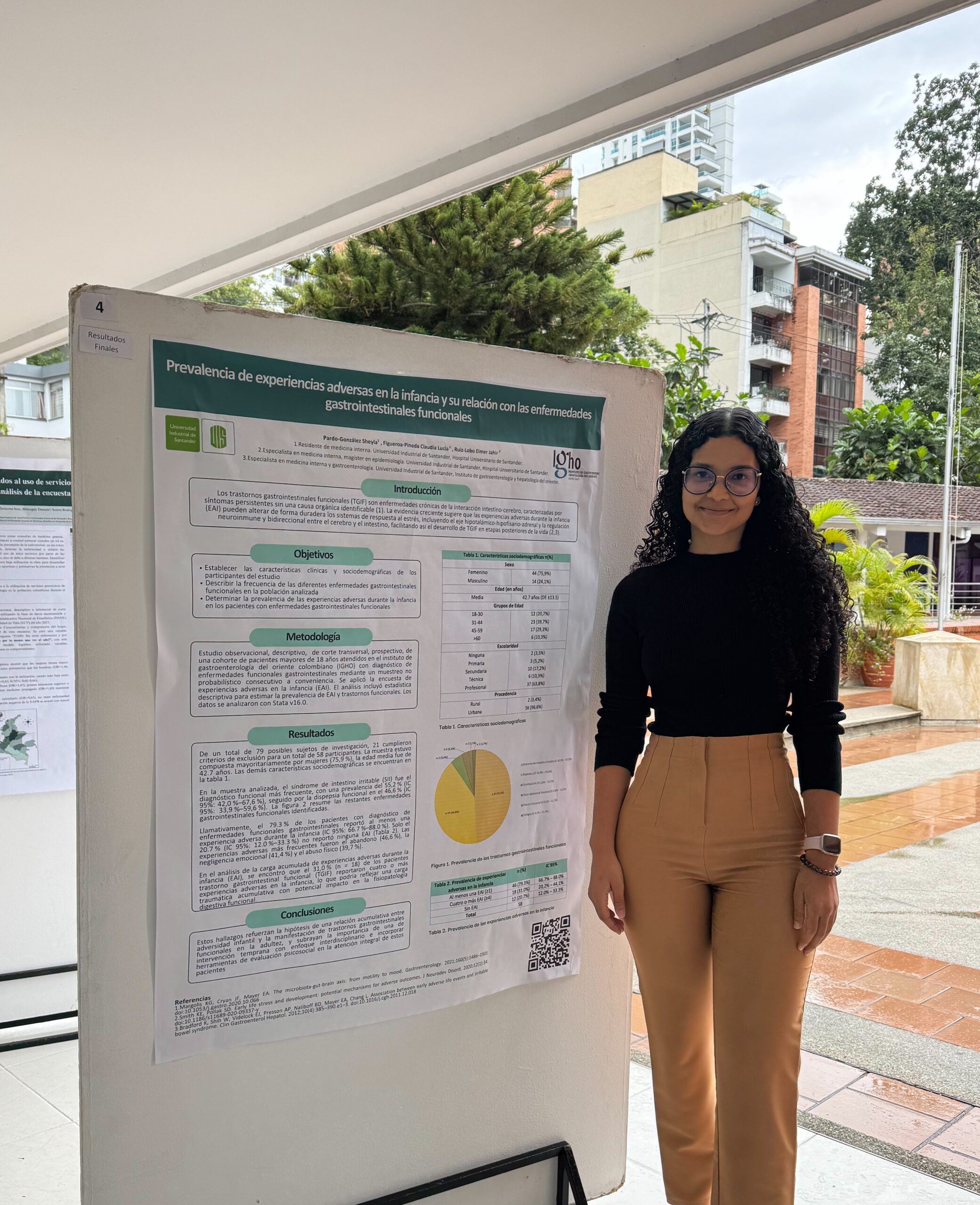
The article presented in this note is one of the latest products of the project “Air quality and urban environmental health in five cities of Colombia” (Barranquilla, Cali, Bogota, Medellin and Bucaramanga), one of the three projects that were part of the “Environmental Health Research Program for Colombia”, the only program in the area of environmental health funded by MINCIENCIAS.
At UIS, the program is led by professors Laura Rodríguez, principal investigator of the air quality project, and Víctor Mauricio Herrera, from the Department of Public Health of the School of Medicine.
Seven national academic institutions also participated in this research: Universidad Nacional de Colombia, Bogotá, Universidad de Antioquia, Universidad Pontifica Bolivariana – Medellín, Universidad San Buenaventura Medellín, Universidad del Norte, Universidad Autónoma de Bucaramanga, and the National Institute of Health, and McGill University participated as an international collaborating university, as well as the health and environmental authorities of each city.
his article presents the results of the analysis of being chronically exposed in cities to levels of air pollution measured as fine particulate matter (PM2.5) and its relationship with cardiorespiratory mortality. The novelty of the analysis is that the surfaces of exposure to PM2.5 are used, which are much more detailed geographically and were developed for each city as part of this same project, and the analysis with mortality is done at a small intra-urban spatial scale, which is the census sector level, which improves the level of analysis that had been done in previous studies with municipal scale or larger areas.
This study involved the environmental and health secretaries of the cities from the beginning and it is expected that its results will better inform policy decisions in terms of environmental health in the main cities of Colombia.
Results of this analysis were presented in the territorial environmental health committees COTSA of the territories and have been presented in international academic events.
This research identified potential vulnerability hotspots to target specific public health interventions in Colombia. The findings emphasize the need for specific public health interventions tailored to each city, as well as the importance of incorporating localized exposure assessments to better understand the implications of air pollution on cardiopulmonary health in urban settings.
For those who wish to read the full article, please see the PDF below.





